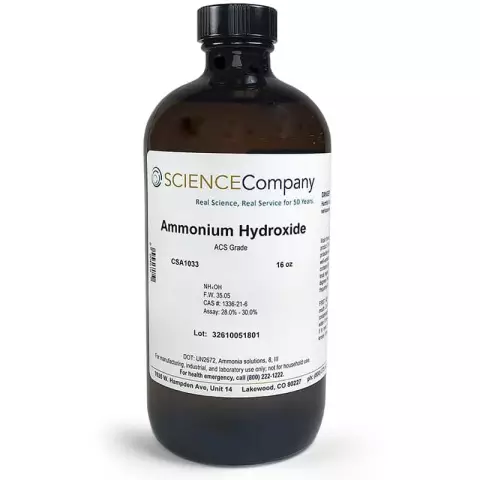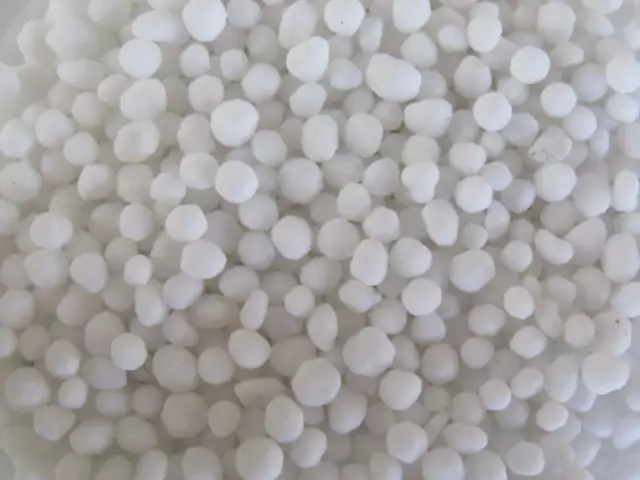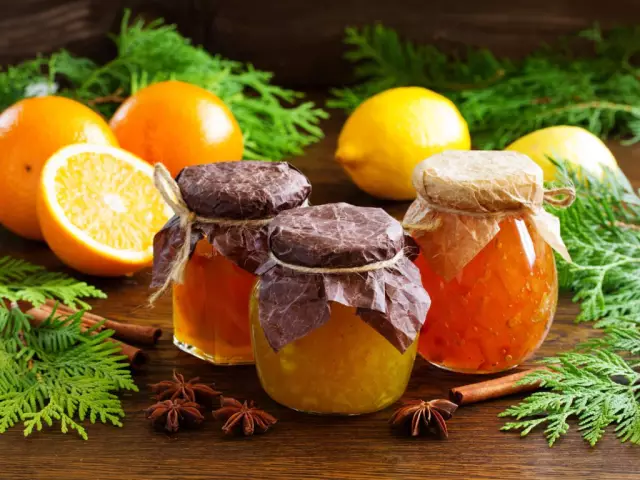- Author Rachel Wainwright [email protected].
- Public 2023-12-15 07:39.
- Last modified 2025-11-02 20:14.
Vermouth
Vermouth is an alcoholic drink based on fortified wine, with the addition of alcoholic extracts from spicy plants. The first vermouths appeared in the days of Hippocrates, who, according to some sources, took part in the development of the very first recipes for this drink. The production of vermouth began on an industrial scale in the 18th century in Italy.
The ratio of BJU in the product

Source: depositphotos.com How to burn 158 kcal?
| Walking | 40 minutes |
| Jogging | 18 minutes |
| Swimming | 13 minutes |
| A bike | 23 minutes |
| Aerobics | 32 minutes |
| Household chores | 53 minutes |
Vermouth production
The first vermouths were made only from white wine, but later other grape varieties were used in the production of this alcoholic beverage. Considering that vermouth is known for its specific tart taste and aroma, one of the main roles in the recipe is assigned to the aromatic component. The main aromatic component of vermouth is almost always alpine wormwood, the content of which relative to other plant aromas in the drink can reach 50%. Among the other constituents of vermouth, the most popular are nutmeg, yarrow, cinnamon, mint, black elderberry, and many other plants with spicy flavors.
Technologically, the preparation of vermouth can be divided into three stages:
- Making wine;
- Preparation of herbal extract;
- Blending.
The wine is prepared according to classic recipes, and no specific technologies for vermouth are applied at this stage.
To prepare the plant extract, slightly dried raw materials are used, which are ground and placed in a water-alcohol solution. The plants are kept in rotating containers for about three weeks. It is believed that this time is enough for all extractives to pass into a dissolved state.
Subsequently, the original wine and extracts are filtered and mixed. The choice of the plant for flavoring, the variety of wine, as well as the mixing proportions determine the unique taste of the resulting vermouth. In addition to wine and extract, sugar and alcohol are also added.
After mixing, the drink is cooled down to -5 degrees Celsius and is subjected to the last, final filtration. Then gradually, within a week, the vermouth is returned to room temperature and poured into glass bottles.
Depending on the type of vermouth, the process of its preparation can take up to a year.
According to the concentration of sugar and grape varieties, there are five groups of this wine:
- Dry vermouth (up to 4% sugar);
- White vermouths (10-15% sugar, white grapes);
- Red vermouths (more than 15% sugar, red grapes);
- Pink vermouths (10-20% sugar, pink grapes);
- Bitter vermouths (low sugar content, high saturation with plant extracts).

The most famous vermouths are produced in Italy and France.
Calorie content of vermouth
The calorie content of vermouth differs depending on the type of drink. The determining factor in the caloric content of vermouth is the amount of sugar and the percentage of alcohol. The strongest and sweetest vermouths will have the highest energy values. In numerical terms, the calorie content of vermouth varies in the average range of 110-160 kcal per 100 ml of drink.
Eating vermouth
Vermouth is consumed both as a standalone drink and as part of various cocktails. White, red and pink vermouth are best eaten undiluted as they have a pleasant sweet taste and mild herbal notes.
Dry vermouths are somewhat bitter, therefore they are often used in cocktails. But real gourmets prefer to drink them in their pure form. Bitter vermouth is drunk as a digestif at the end of a meal, in its pure form. It is not recommended to drink more than 100 ml
Found a mistake in the text? Select it and press Ctrl + Enter.






